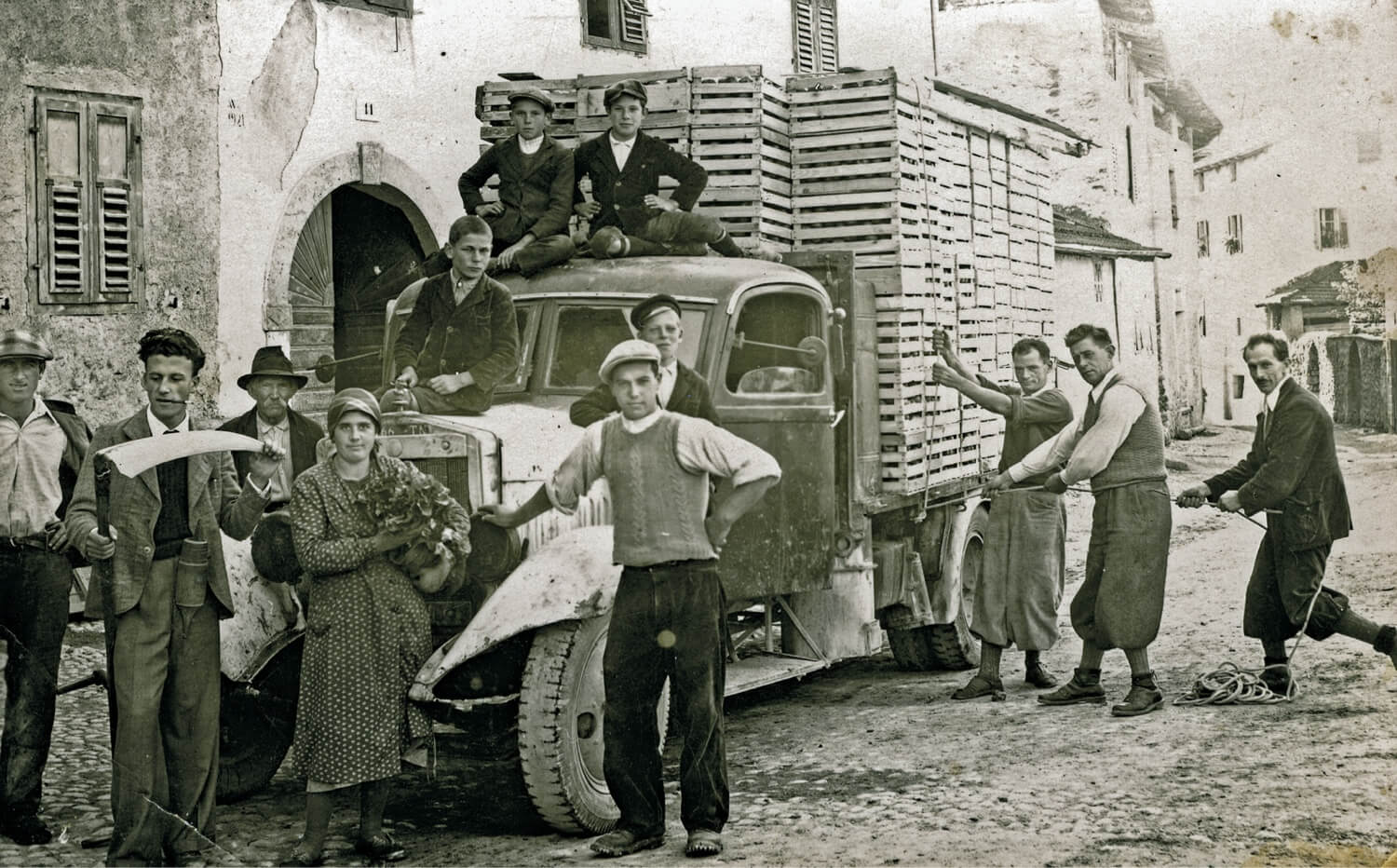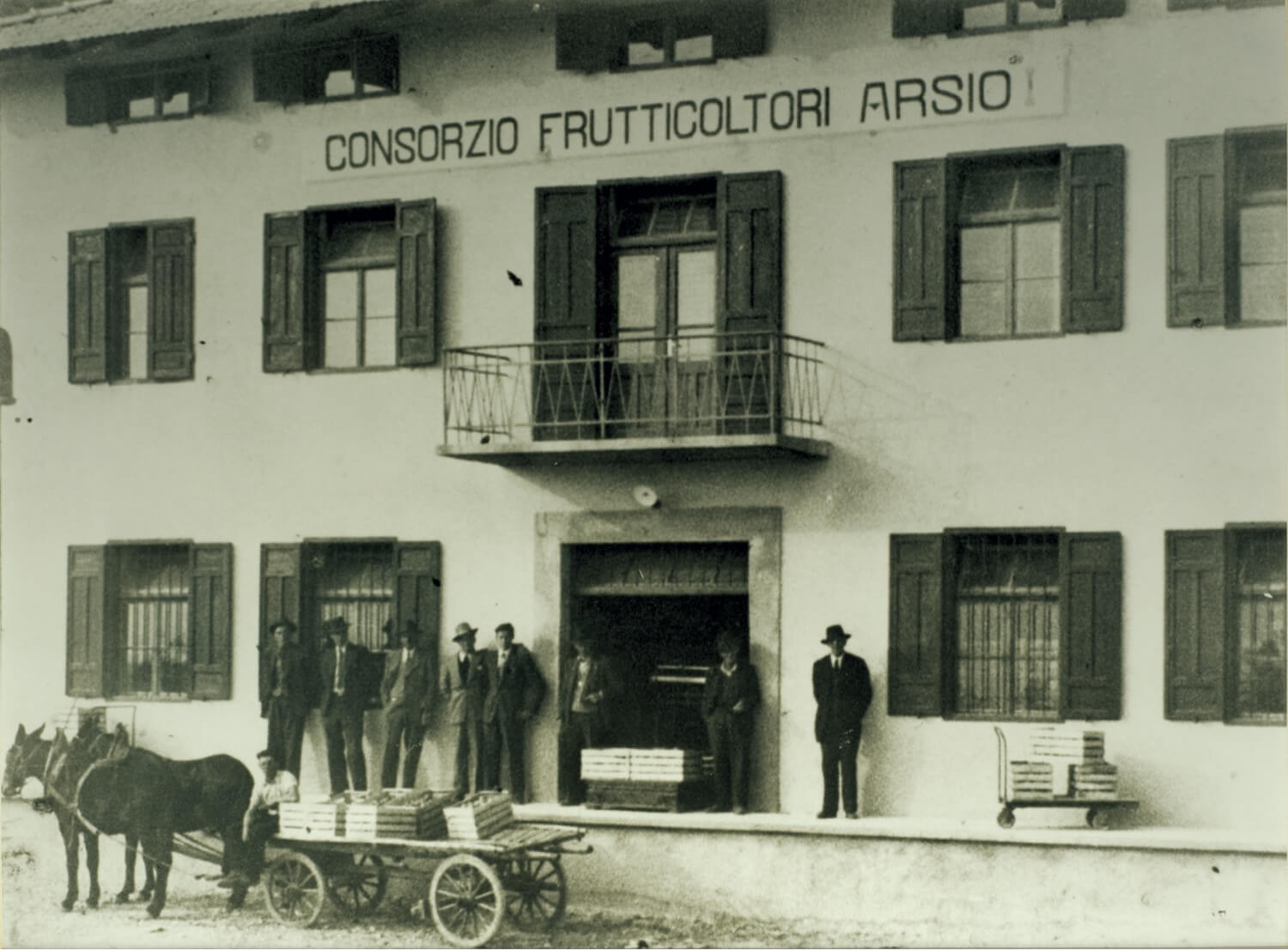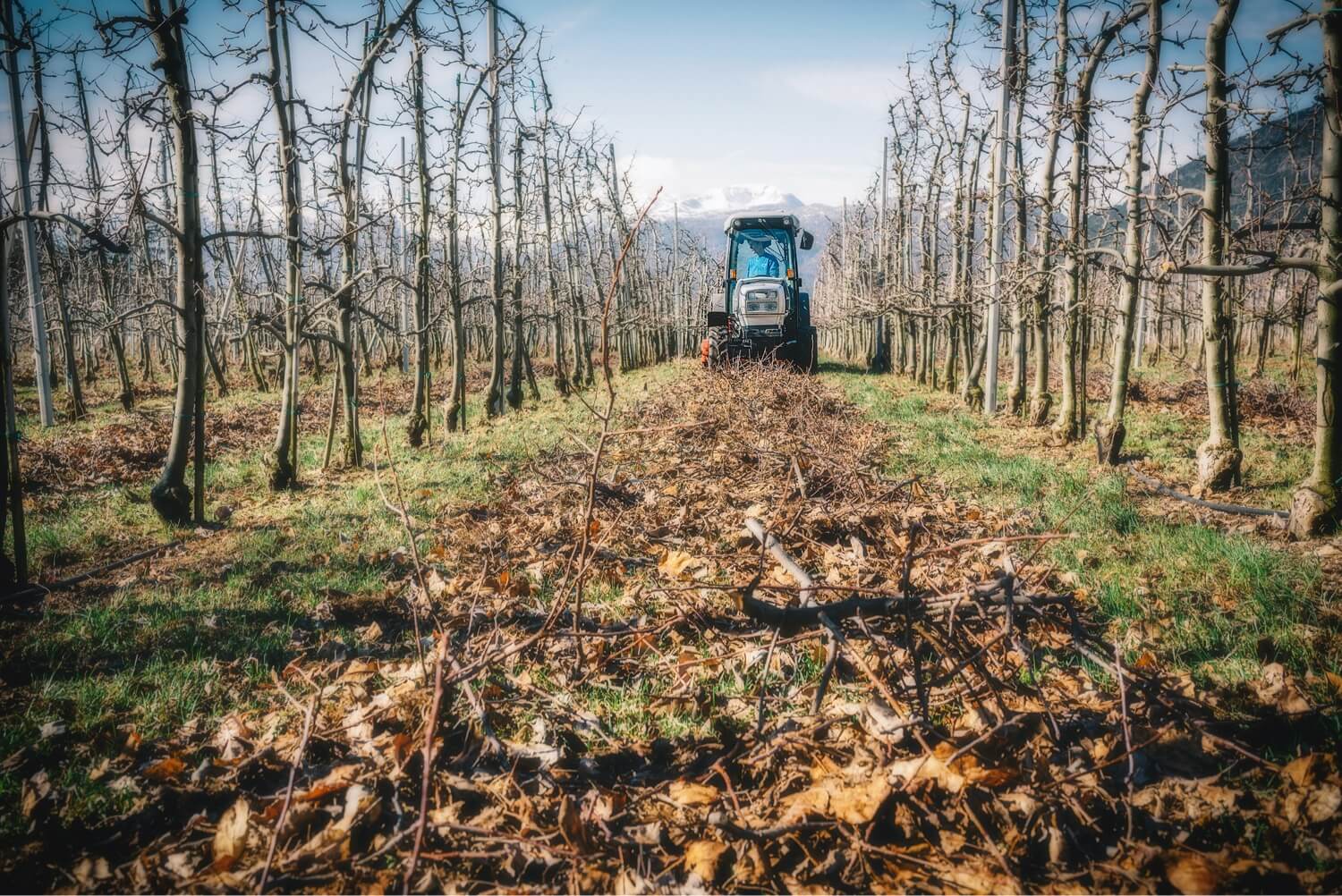Trentino apples, a challenge won by a community
Non and Sole Valleys: did you know that in the last century, thanks to an exceptional apple farming the valleys avoided depopulation due to poverty and emigration? This is the successful story of a territory and its own families.
Watch the videointerview


